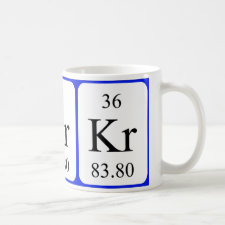
Authors: Zhang M, Lu CY, He XW, Li WY, Zhang YK
Article Title: Permeation Characteristics of Molecularly Imprinted Polymer Membranes Synthesized by Compounds of Vanillin Series.
Publication date: 2007
Journal: Chemical Journal of Chinese Universities
Volume: 28
Issue: (3)
Page numbers: 422-426.
Alternative URL: http://www.proteomics.dicp.ac.cn/publications/2007/13.pdf
Abstract: Using vanillin or o-vanillin as the template molecules, composite molecularly imprinted membranes(MIMs) with Nylon or PVDF as supporting membrane were prepared via in-situ polymerization by UV-irradiation. The interaction between the template molecule and the functional monomer(methacrylic acid) was evaluated by absorption spectroscopy. The permeation experiment which was carried out with the mixed solution containing template and its competitive analogue shows that the transport trend of the substances through the MIMs hardly has something to do with the supporting material. But a perfect separation will be obtained when the chosen supporting material is suitable. When the competitive analogue is smaller than the template, it preferentially transports through the MIMs because of the size effect. But when they are the same in size, the size effect doesn't work. Then the template transports faster due to its complementary functional groups and shape with the imprinted sites on the MIMs. And when the competitive analogue is bigger than the template, the facilitated transport of the template is attributed to both the size effect and its complementary functional groups and shape with the imprinted sites.
Template and target information: vanillin, o-vanillin
Author keywords: molecularly imprinting technique, Molecular imprinted polymer membrane, membrane separation, Vanillin



Join the Society for Molecular Imprinting

New items RSS feed
Sign-up for e-mail updates:
Choose between receiving an occasional newsletter or more frequent e-mail alerts.
Click here to go to the sign-up page.
Is your name elemental or peptidic? Enter your name and find out by clicking either of the buttons below!
Other products you may like:
 MIPdatabase
MIPdatabase









